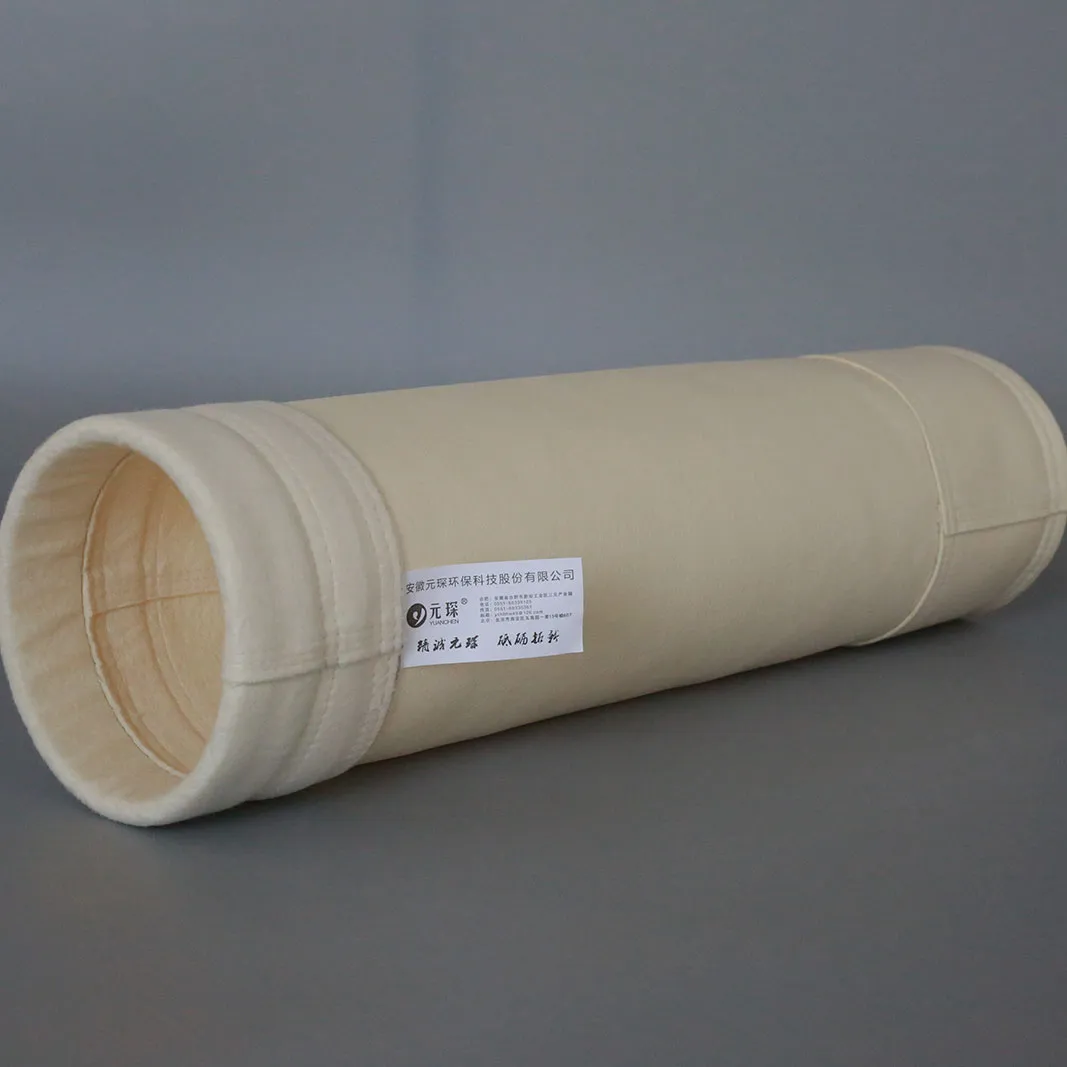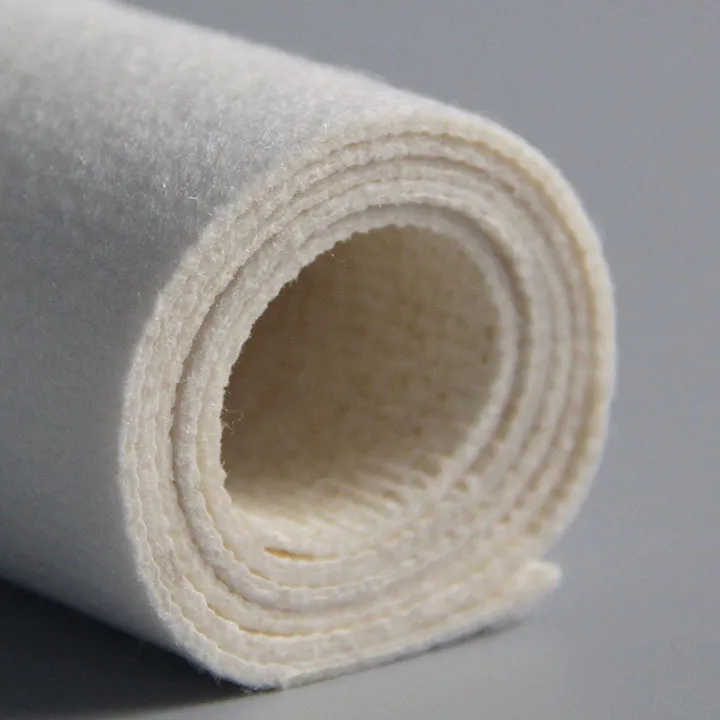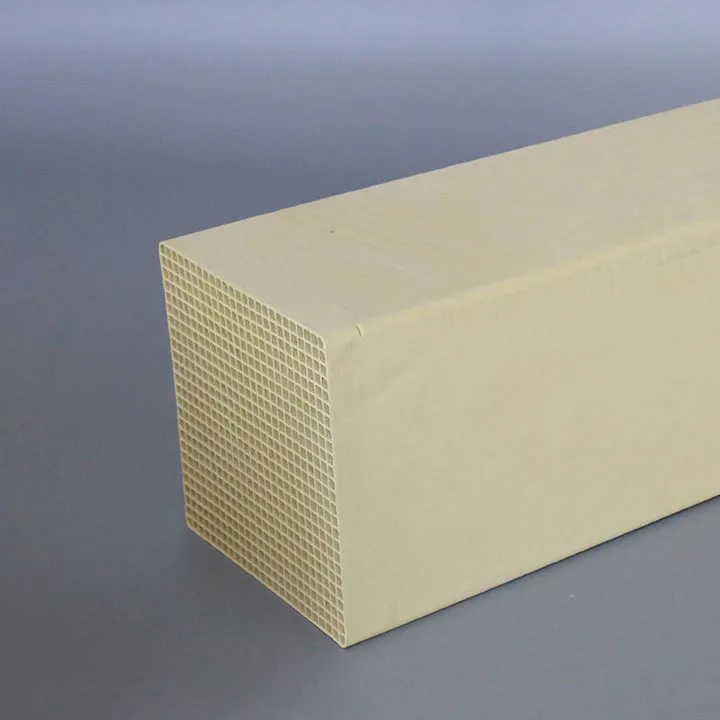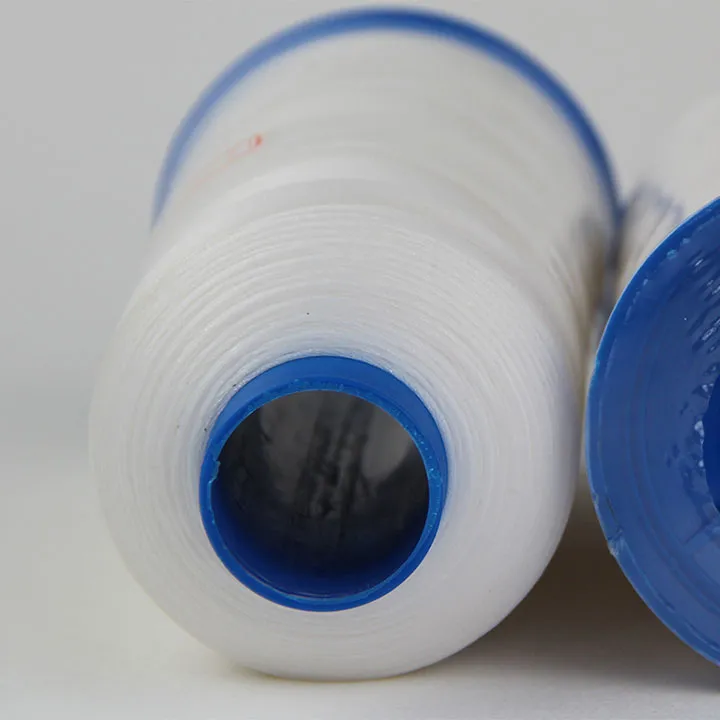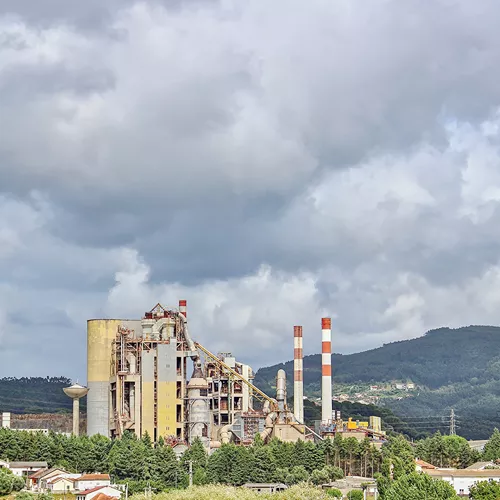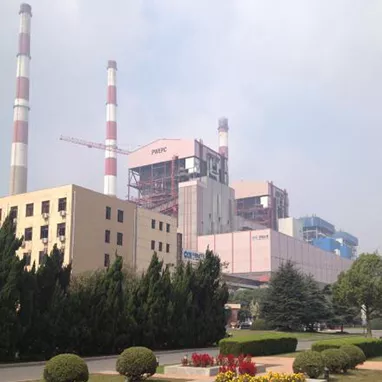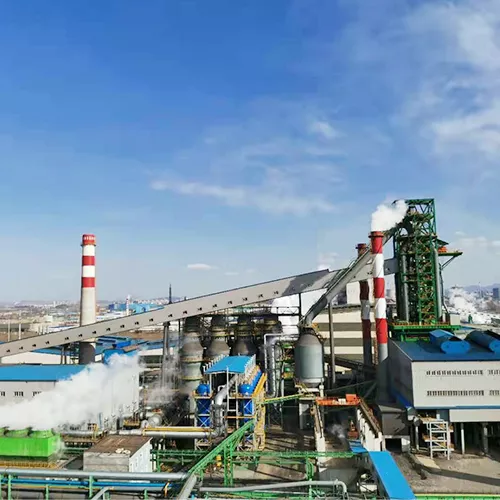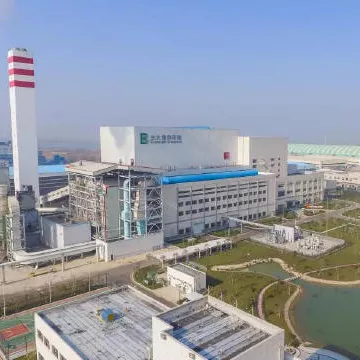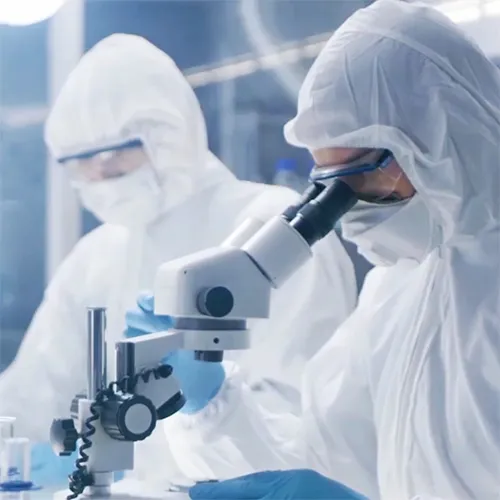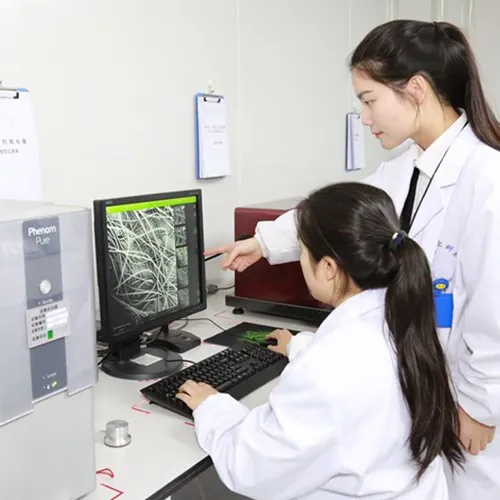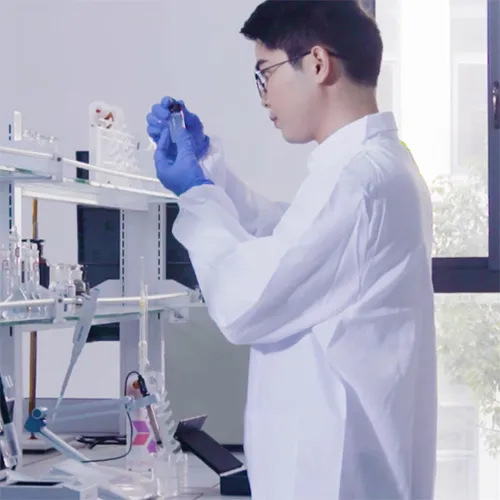What Does the SCR Catalyst Do?
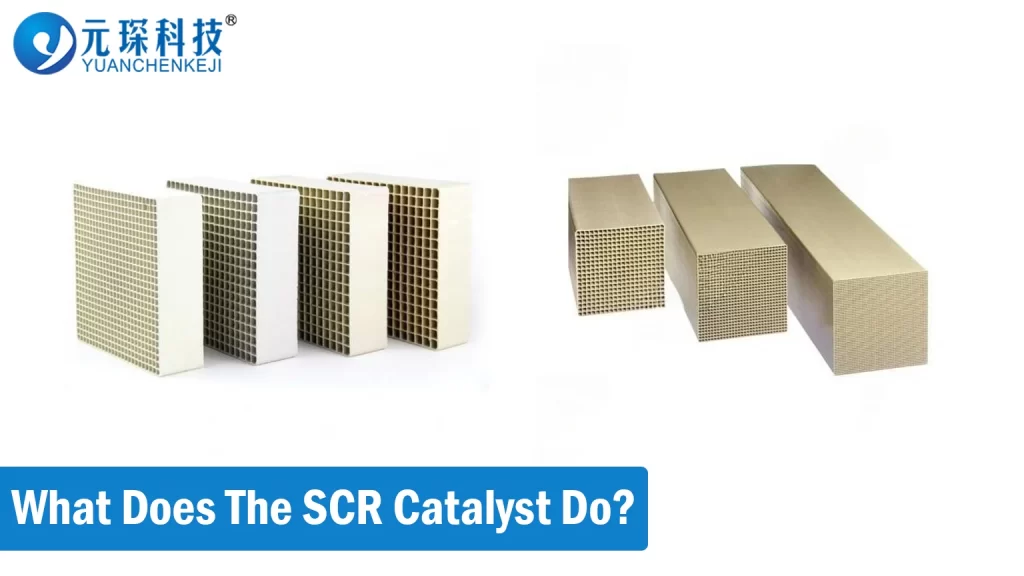
What Does the SCR Catalyst Do: Nitrogen oxides (NOx) are harmful particles that contribute considerably to air pollution, causing smog, acid rain, and negative health impacts.
Selective Catalytic Reduction (SCR) is one of the most effective methods created to reduce NOx emissions. Exactly how does this technology work, and what it actually does, is something you'll get to learn in this article.
The All About SCR Technology
Selective Catalytic Reduction (SCR) is a sophisticated pollution control technique that reduces nitrogen oxide (NOx) emissions from diesel engines.
It works by infusing a liquid-reductant chemical, also known as Diesel Exhaust Fluid (DEF), into a diesel engine's exhaust stream. DEF is an aqueous urea solution that, when vaporized and decomposed in exhaust gasses, produces ammonia (NH3).
SCR catalyst working technology is very important for helping diesel engines comply with rigorous environmental requirements by converting hazardous NOx into innocuous molecules such as nitrogen (N2) and water (H2O).
The decrease of NOx emissions is critical to improving air quality and public health. NOx emissions are especially harmful because they react with volatile organic compounds (VOCs) in the presence of sunlight, producing ground-level ozone, a significant component of smog.
Diesel engines that use SCR technology may dramatically reduce NOx emissions, lowering their environmental effect and helping to satisfy regulatory criteria imposed by authorities such as the Environmental Protection Agency (EPA).
What Does the SCR Catalyst Do?
The SCR catalyst is essential to the Selective Catalytic Reduction process, because it facilitates the chemical processes that transform hazardous nitrogen oxides (NOx) into safe molecules such as nitrogen (N2) and water (H2O).
This conversion results in a decrease in NOx emissions, which contribute significantly to air pollution and smog. The catalyst acts as a surface, allowing chemical reactions to take place more effectively and at lower temperatures than would otherwise be feasible. By doing so, the SCR catalyst guarantees that the reduction process is both efficient and sustainable.
Notice the word "selective" in SCR? It really means that these processes only target NOx molecules, even in the presence of other exhaust components. The catalyst speeds up these processes, resulting in a high conversion efficiency of NOx to more benign compounds. The higher quality SCR catalyst material is used during the manufacturing process, the better the results.
Applications of SCR Catalysts
Selective Catalytic Reduction (SCR) technology, with its exceptional capacity to minimize NOx emissions, is used in a variety of industries. These applications include industrial, automotive, off-road equipment, maritime, rail, and power generating industries.
1. Power Plants
Power plants are among the leading sources of NOx emissions owing to the burning of fossil fuels to generate electricity. These pollutants lead to environmental concerns including acid rain, smog, and breathing difficulties. SCR systems are commonly employed in power plants to dramatically reduce NOx emissions.
Coal burning plants produce significant NOx emissions. By adding SCR systems, these facilities may reduce NOx emissions by up to 90%, assuring compliance with environmental requirements and minimizing environmental impact.
Although gas-fired plants emit fewer NOx than coal-fired plants, they still benefit from SCR technology. The use of SCR systems guarantees that these facilities fulfill strict emission regulations while remaining very efficient.
2. Refineries
Refineries convert crude oil into a variety of products, including gasoline, diesel, and jet fuel. The refining process involves high-temperature processes that emit NOx. An SCR DeNOx catalyst technology is used in refineries to reduce emissions.
Fluid Catalytic Cracking (FCC ) machine units are a major source of NOx emissions in refineries. Installing SCR systems reduces NOx levels, ensures regulatory compliance, and reduces the refinery's total environmental footprint.
Refineries use a large number of heaters and boilers to run their operations. SCR systems are fitted into these units to minimize NOx emissions, resulting in cleaner operations and better air quality.
3. Chemical Processing Facilities
Chemical processing plants are responsible for a wide range of processes, including fertilizer production, chemical and pharmaceutical manufacture. These procedures frequently entail high-temperature reactions that result in NOx emissions.
NOx emissions from the ammonia manufacturing process can be large. SCR systems are used to minimize emissions, making the process more eco-friendly.
Nitric acid facilities are another significant source of NOx emissions. These facilities may reduce NOx emissions significantly by using SCR technology, resulting in cleaner and safer operations.
4. Commercial Trucks and Buses
Heavy-duty vehicles, such as commercial trucks and buses, emit high amounts of NOx due to their huge engines and long operating hours. SCR systems are especially useful in these cars because they can withstand high NOx levels while preserving engine performance and fuel economy.
SCR systems may cut NOx emissions by up to 90%, allowing these cars to fulfill stringent pollution regulations imposed by the Environmental Protection Agency (EPA) and the European Union.
SCR technology may enhance fuel economy by allowing engines to run more efficiently, which is an important consideration for commercial fleet owners wanting to cut operating expenses.
Using SCR systems allows manufacturers and fleet operators to comply with existing and future emissions laws, avoiding fines and penalties.
5. Passenger Vehicles
Diesel engines are less prevalent in passenger vehicles than commercial trucks, although they are still utilized in some automobiles, particularly in Europe. SCR technology allows these cars to fulfill severe emissions requirements while maintaining performance.
SCR systems in passenger vehicles greatly reduce NOx emissions , resulting in better air quality in metropolitan areas where these vehicles are often utilized.
6. Off-Road Equipment
Off-road equipment, including construction machinery, agricultural vehicles, and mining equipment, frequently works in areas where emissions can have a substantial influence on air quality. SCR technology is critical for these applications because it controls emissions and ensures regulatory compliance .
Off-road equipment must adhere to emissions regulations comparable to those for on-road vehicles. SCR systems assure adherence to requirements such as the EPA's Tier 4 guidelines.
7. Marine and Rail
Diesel engines are widely utilized in maritime boats and locomotives, both of which produce significant amounts of NOx emissions. Implementing SCR technology in these applications is critical to lowering their environmental footprint.
of which produce significant amounts of NOx emissions. Implementing SCR technology in these applications is critical to lowering their environmental footprint.
Reducing NOx emissions by up to 90% helps fulfill tough marine norms. Ensures that engines operate effectively while reducing environmental impact.
Locomotives, particularly those utilized for freight and passenger transportation, contribute considerably to air pollution. SCR technology enables these engines to fulfill emissions limits while maintaining power and efficiency.
Allows for engine performance enhancement while balancing power demands and environmental considerations.
8. Power Generation
Diesel generators are an essential source of power in a variety of circumstances, including isolated sites and emergency backup systems for important infrastructure. Because of widespread demand in this industry, a lot of SCR catalyst manufacturers design their catalyst with power generation sector in mind .
However, like other diesel engines, these generators emit large volumes of nitrogen oxides (NOx), which are dangerous pollutants. Selective Catalytic Reduction (SCR) technology is critical in reducing these pollutants, ensuring that diesel generators run more cleanly and meet severe environmental laws.
Diesel generators are commonly utilized because they are dependable and efficient. They supply critical power in locations where grid electricity is unavailable or during outages.
However, the combustion process in diesel engines produces NOx, which contributes to air pollution and health hazards. Implementing SCR systems in diesel generators considerably reduces these pollutants, lowering their environmental effect.
SCR Catalyst Structures
Different catalyst structures, such as honeycomb, plate, and corrugated, affect the efficacy and efficiency of the reduction process in unique ways.
1. Honeycomb SCR Catalyst
Ceramic honeycomb catalysts are a popular structure, especially in SCR systems that use metal oxide and zeolite catalysts. This shape has a honeycomb-like structure with multiple tiny holes, resulting in a large surface area.
This design allows for a higher number of active sites for catalytic reactions, boosting the reduction of nitrogen oxides. The high surface area-to-volume ratio of SCR honeycomb catalyst structures optimizes interaction between the catalyst and the reactants, increasing reaction rates and overall efficiency.
2. Plate-type SCR Catalyst
Plate structures emerge as another common kind of SCR catalyst design. Plate catalysts have block-like structures and are made up of numerous sheets of metal. Their large surface area is ideal for catalytic activity. Plate catalysts are less likely to block than honeycomb designs, which can limit reactant access and reduce catalytic performance. The plate structure's intrinsic openness and accessibility help to promote the reduction response while also assuring long-term performance.
3. Corrugated SCR Catalyst
The corrugated catalyst structure is a less frequent but highly effective design choice. This construction consists of fluted bits of ceramic or metal sandwiched between flat segments, resulting in a configuration that allows for increased surface area. Corrugated shapes, such honeycomb and plate structures, allow for better contact between the catalyst and reactants, resulting in more effective NOx reduction. Despite its relative rarity, the corrugated structure provides a feasible choice for situations where maximum surface area is required.
Benefits of SCR Catalysts
SCR catalyst systems have several environmental advantages, notably reducing hazardous emissions and improving air quality. Here are several major environmental benefits of SCR catalysts:
1. NOx Reduction
SCR technology is extremely successful in reducing NOx emissions from diesel engines. SCR catalysts contribute considerably to lowering NOx levels in exhaust gases by boosting chemical processes that convert NOx into harmless nitrogen and water.
This NOx catalytic reduction is pertinent for limiting the negative effects of NOx on human health and the environment, such as smog generation, acid rain, and respiratory problems.
2. Reduction of Other Pollutants
Other than being DeNOx catalyts, SCR catalysts help to reduce other dangerous pollutants released by diesel engines. These are hydrocarbons (HC), carbon monoxide (CO), and particulate particles (PM). By encouraging more complete combustion and enabling the conversion of pollutants into less hazardous chemicals, SCR technology helps to reduce the overall environmental effect of diesel engine emissions.
3. Improved Air Quality
One of the most notable advantages of SCR catalyst honeycomb is the enhancement of air quality in both urban and industrial settings. SCR technology contributes to a lower concentration of dangerous pollutants in the atmosphere by lowering NOx and other pollutants emissions.
As a result , communities, wildlife, and ecosystems benefit from cleaner, healthier air. Improved air quality also provides broader advantages, such as increased visibility, less vegetation damage, and a reduction in climate change consequences.
4. Fuel Efficiency
One of the biggest economic benefits of Selective Catalytic Reduction (SCR) technology is its ability to improve fuel economy in diesel engines. Manufacturers may improve engine performance while maintaining environmental regulations by focusing on emissions control using SCR systems. SCR allows diesel engines to run at maximum efficiency by eliminating the requirement for engine tuning sacrifices to fulfill emissions restrictions.
This fine-tuning results in actual fuel savings for operators, especially in heavy-duty commercial vehicles where fuel costs can account for a major amount of operating expenses. Studies have indicated that SCR-equipped cars can yield fuel economy benefits of more than 4%, resulting in cost savings throughout the vehicle's lifetime.
5. Regulatory Compliance
SCR technology is critical to ensuring that diesel-powered cars and equipment meet regulatory requirements. To comply with increasingly strict emissions standards across the world, manufacturers must use effective emissions control technology.
SCR honeycomb catalyst systems provide a tried-and-true technology for decreasing NOx emissions to near-zero levels, allowing compliance with emissions requirements such as EPA Tier 4 and Euro 6. By deploying SCR technology, operators may avoid the fines, penalties, and limitations associated with noncompliance, protecting their enterprises from regulatory concerns.
6. Operational Flexibility
SCR technology is critical to ensuring that diesel-powered cars and equipment meet regulatory requirements. To comply with increasingly strict emissions standards across the world, manufacturers must use effective emissions control technology.
SCR systems provide a tried-and-true technology for decreasing SCR NOx catalyst emissions to near-zero levels, allowing compliance with emissions requirements such as EPA Tier 4 and Euro 6. By deploying SCR technology, operators may avoid the fines, penalties, and limitations associated with noncompliance, protecting their enterprises from regulatory concerns.
Conclusion
The SCR catalyst is the core of Selective Catalytic Reduction (SCR) systems, converting NOx emissions into harmless nitrogen, water, and CO2. By promoting these chemical processes, the SCR catalyst reduces the environmental effect of NOx emissions, resulting in cleaner air and better public health.
Get high quality SCR Catalyst here at Leading-Filter. For any personal query, feel free to contact us.


